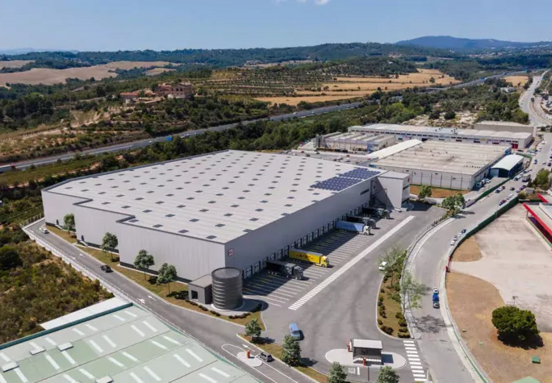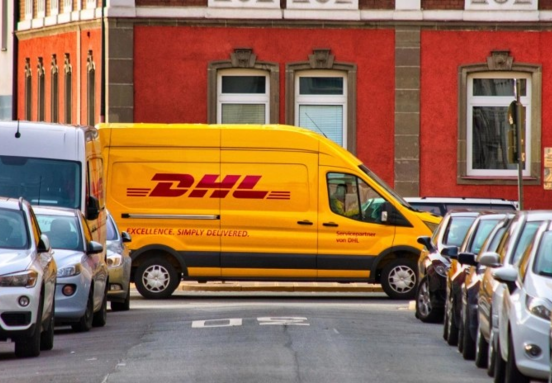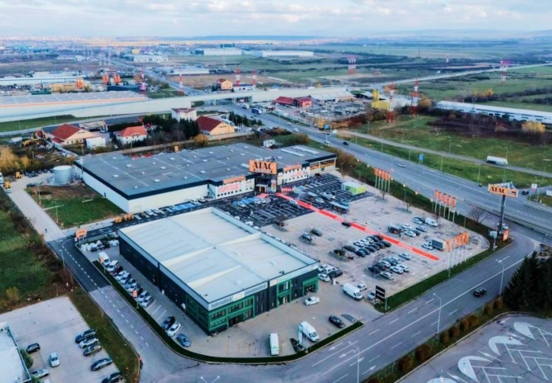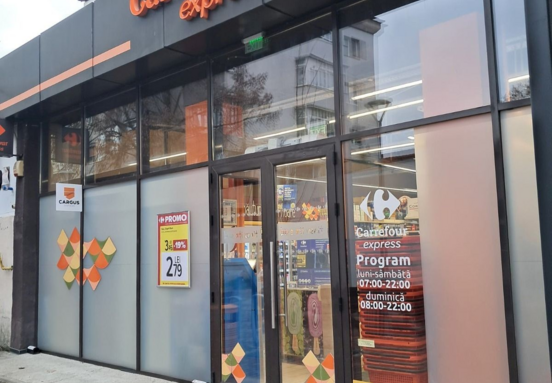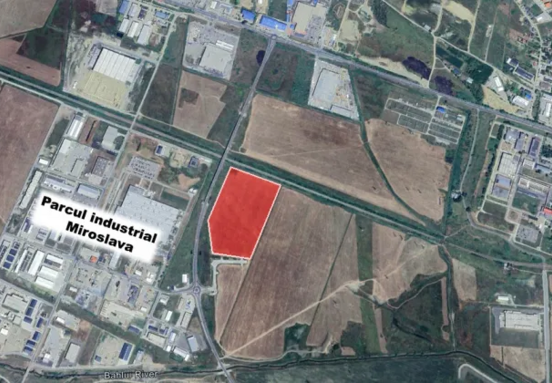The capital of Romania is ranked among the most active centers in this respect, alongside London, Dublin, Madrid or Budapest. Also, since 2008, the capital of Romania has registered one of the most important growth in Europe in the number of employees in this sector: 66%.
Bucharest currently has a coefficient of the number of high-tech professionals per city that is above the double of the European Union average.
The study included over 250 cities, out of which 40 high-tech centers were highlighted. These were included in four categories based on the number of employees, the sub-categories of the industry and the growth rate. The high-tech industry has been divided into ten sub-categories: the software sector, IT services, telecom, hardware, online services, e-commerce, digital services, gaming and gaming, fintech services and cyber security services. At Bucharest's level, most high-tech workers work in software (36%), followed by hardware (21%), telecom (20%), IT services (11%) and cyber security (8%).
The high technology sector in Bucharest is dominated by large international companies as a result of strengthening its status as a major provider of the work force in this field. Among major employers in the capital are major software, telecom and IT services companies, with major players such as Oracle, Microsoft, IBM, Luxoft, Endava, Vodafone, Ericsson or Hewlett Packard.
Regarding the employees’ age, the high-tech industry in Bucharest is dominated by the generation of the millennials (25-34 years), in contrast to other cities that are among the most important cities in the sector and where the balance is inclined to the more experienced professionals. This gap is caused by the tremendous growth that the high technology industry has recorded in Romania over the last decade.
The findings of the study revealed that 40 cities could be classified as poles where the workforce in the high-tech industry is concentrated and which are markets of interest to major companies in the field. These have been categorized into four categories, depending on several factors, including the number of employees per inhabitant and the rate of growth. Thus, the most active poles are the cities - capital cities or business centers - where over 70,000 professionals work, including London, Madrid, Dublin, Paris, Budapest and Bucharest. The second category includes major poles, meaning cities with between 50,000 and 70,000 employees, such as Zurich, Prague, Rotterdam or Vienna. The third group is represented by normal size centers with between 20,000 and 50,000 employees, including Oslo, Hamburg, Geneva and Brussels. Cities that have seen a 10-percent increase in high-tech workforce since 2010 and are predicted to continue to grow in the next five years are in the fourth category that includes names such as Florence, Krakow, Leeds or Porto.
"We believe this complex study, carried out with the concerted effort of hundreds of CBRE employees across EMEA, will be a real help for many high-tech companies and real estate developers alike. It is extremely important to know the most important markets in this industry and to know their economic, social and labor market specifics. For Romania, the results of the study are excellent news that reconfirms our privileged status as regards the growth of the high technology industry and the IT and related workforce", said Răzvan Iorgu, Managing Director of CBRE Romania. (source: CBRE)

